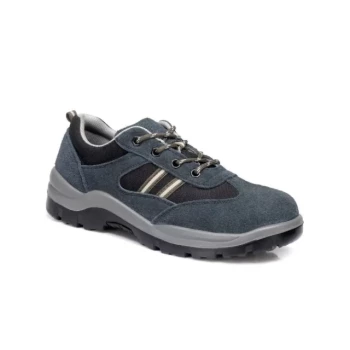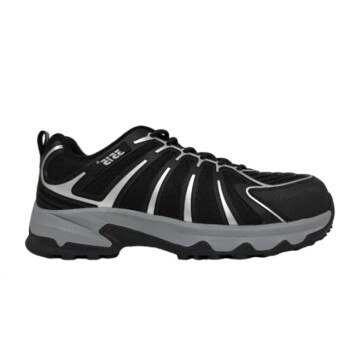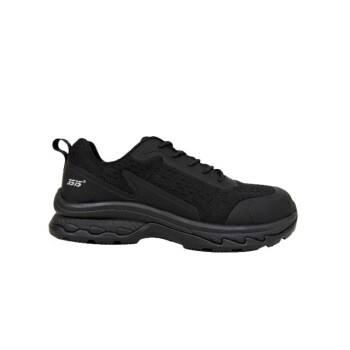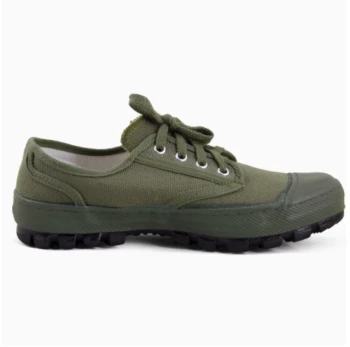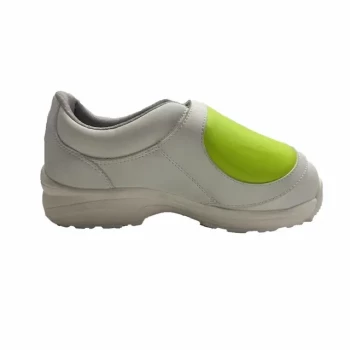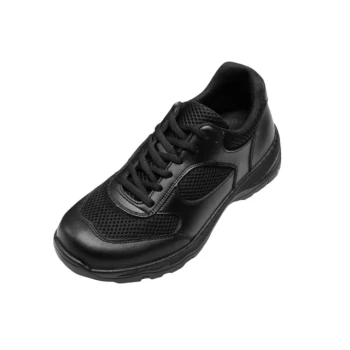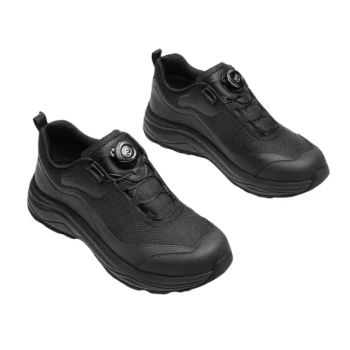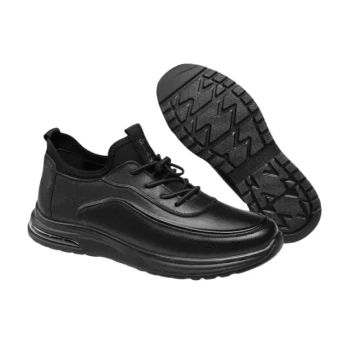To be direct, 7% of all wounds sustained in workplace accidents are foot injuries. This figure provides a specific measure of how often the feet are the primary site of injury when an accident occurs.
While foot injuries account for a specific 7% of workplace wounds, a far larger statistic reveals the root cause: 44% of all workplace injuries stem from slips, trips, and falls, which are a primary source of foot and ankle damage.
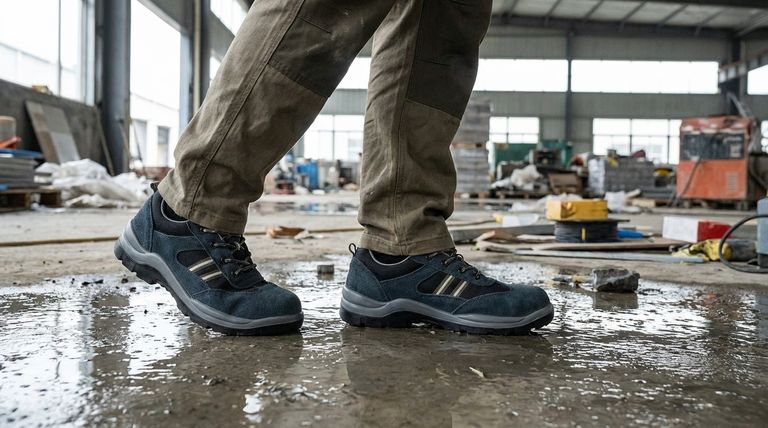
Putting the 7% Statistic in Context
The Direct Figure
The 7% statistic is a clear and straightforward measure. It isolates injuries where the final wound is located on the foot.
This includes a wide range of injuries, from punctures and crush injuries to fractures and sprains.
Why This Number Matters
While 7% may not seem like a majority, it represents a significant and highly preventable category of workplace harm.
These injuries often lead to time off work and can have a lasting impact on an employee's mobility and well-being. Focusing on this specific area is a crucial part of any comprehensive safety program.
The Bigger Picture: The Root Cause of Injury
The Dominant Risk Factor
According to data from the Health and Safety Executive (HSE), a staggering 44% of all workplace injuries are caused by slips, trips, and falls.
This single category is the leading cause of non-fatal injuries in workplaces across many sectors.
Connecting Causes to Foot Injuries
Slips, trips, and falls are a major driver of the 7% foot injury statistic. An unexpected loss of balance places immense stress on the feet and ankles, leading directly to sprains, twists, and fractures.
Therefore, addressing the environmental and behavioral factors that cause falls is the single most effective way to reduce not only foot injuries but a wide range of other injuries as well.
Common Pitfalls in Prevention
Focusing Only on the Injury Site
A common mistake is to focus safety efforts solely on the body part being injured—in this case, the foot.
For example, mandating safety boots is important, but it is a reactive measure. It protects the foot from an impact but does little to prevent the fall that causes the impact in the first place.
Ignoring Environmental Hazards
The root cause of the 44% statistic is almost always the work environment. Poor housekeeping, wet floors, unmarked steps, or inadequate lighting are the true culprits.
Overlooking these foundational issues means you are only managing injuries, not preventing them. True prevention starts with analyzing and controlling the environment where people work and walk.
How to Apply This to Your Safety Strategy
Understanding these two key statistics empowers you to create a more effective safety policy.
- If your primary focus is justifying foot protection: The 7% figure clearly demonstrates that foot-specific wounds are a consistent and predictable workplace risk.
- If your primary focus is preventing injuries comprehensively: Target the 44% of injuries from slips, trips, and falls through better housekeeping, floor management, and awareness training.
Ultimately, preventing the fall is far more effective than just protecting the foot from it.
Summary Table:
| Key Statistic | Figure | Key Insight |
|---|---|---|
| Foot Injuries (Wound Site) | 7% | Direct measure of foot-specific wounds like punctures and fractures. |
| Injuries from Slips, Trips, Falls (Root Cause) | 44% | Leading cause of non-fatal injuries and a primary driver of foot/ankle damage. |
Protect your workforce with the right foundation.
As a large-scale manufacturer, 3515 produces a comprehensive range of safety and occupational footwear for distributors, brand owners, and bulk clients. Our production capabilities encompass all types of safety shoes and boots designed to meet rigorous workplace standards.
While preventing slips and falls is the ultimate goal, ensuring your team has high-quality, durable footwear is a critical layer of protection against the 7% of workplace wounds that are foot injuries.
Contact us today to discuss your footwear needs and how we can support your safety strategy.
Visual Guide
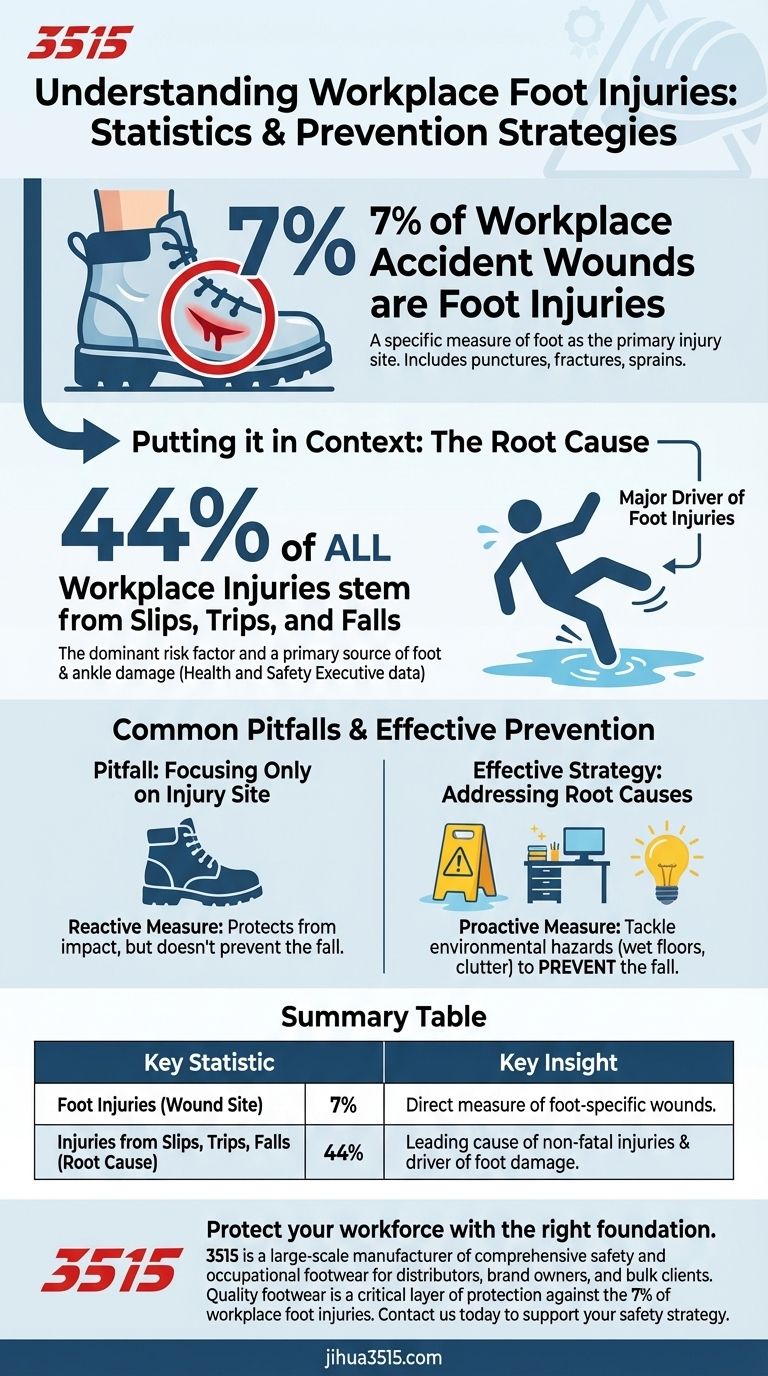
Related Products
- Custom Safety Shoe Manufacturer for Wholesale & OEM Brands
- Premium KPU Athletic Safety Shoes for Wholesale
- Premium Lightweight Safety Shoes for Wholesale & Bulk Orders
- Wholesale Durable Breathable Safety Boots Custom OEM Manufacturer
- Wholesale Leather Safety Boots with Customizable Protective Toe
People Also Ask
- What are examples of protective footwear required in different workplaces? Ensure OSHA Compliance & Worker Safety
- What industries are safety toe work boots best suited for? Protect Your Feet in High-Risk Environments
- Why do landscapers need steel-toe boots? Essential Protection for a Hazardous Job
- What workplace factors should be considered when choosing between steel and safety toes? Ensure Optimal Foot Protection
- What type of midsoles are used in men's work shoes to prevent foot injuries? Steel vs. Composite for Ultimate Safety
